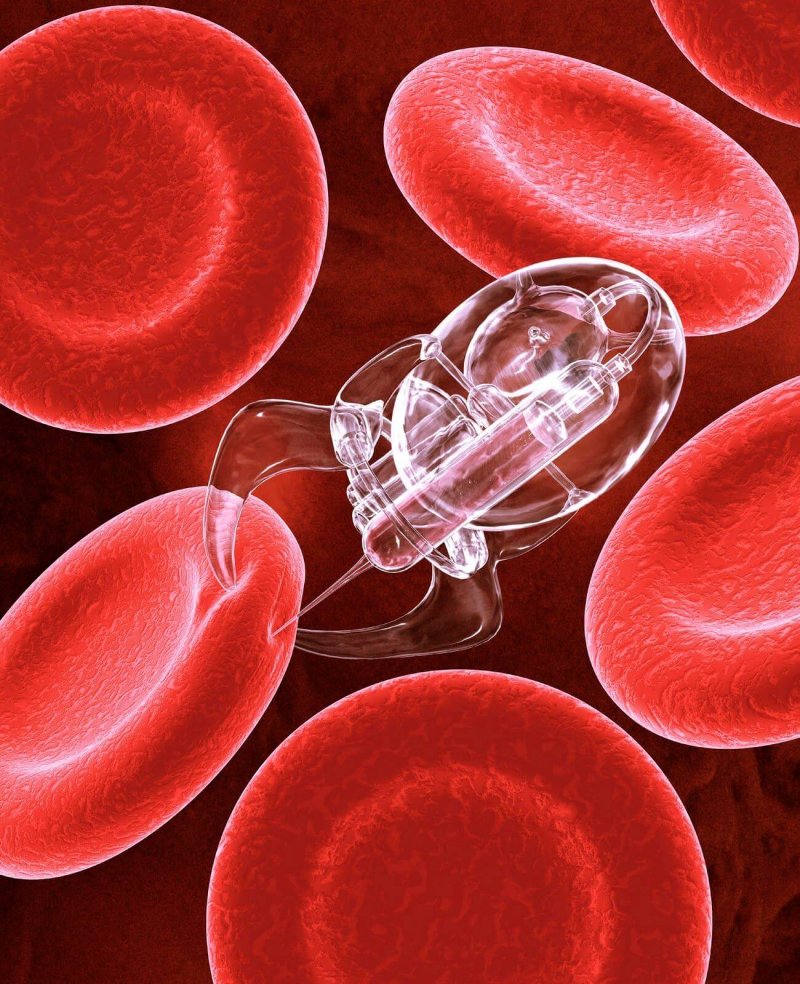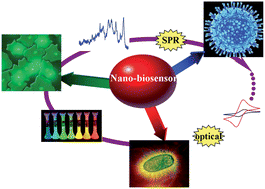Nano biosensors can be classified into three categories (optical nano biosensors, electrochemical nano biosensors and piezoelectric nano biosensors) (PhD in nano-microelectronics)
Researcher and author: Dr. ( Afshin Rashid)
Note: One of the potential advantages of nano-biosensors over conventional sensors is their high sensitivity. The internal sensitivity of a sensor is defined as the ratio of the output signal of the sensor to the change in the properties of the sensor, the amount of analytes connected to the sensor. This parameter can be considered as the sensor's ability to convert an input signal to an output signal.
A high-sensitivity sensor is capable of fast instantaneous changes. Sensitivity can also be defined as a sensitivity test, which explains how a diagnostic test is able to identify a specific sample with or without analyte. Sensitivity in sensors affects some properties such as repeatability and diagnostic accuracy.
Dynamic range in nano biosensors
Another parameter that is rarely discussed in the field of nanosensors is the dynamic range of the sensor. During this interval, the sensor is able to generate an output signal that indicates the amount of analyte. The response curve of the sensor is linear and describes a wide range of analytes and the output of the corresponding sensor .
Specific performance in nano biosensors
In addition to being able to generate an output signal that indicates the presence of an analyte, a sensor must be able to detect a specific analyte. This capability is called proprietary performance and is the factor by which the sensor can be efficient in an uncontrolled environment containing large amounts of unknown material. Despite the sensitivity, it is difficult to measure the performance of a specific nanosensor because the number of materials that should not produce an output signal is very large. Dedicated function is most useful when a sensor has to detect a small concentration of a particular analyte in an environment containing large amounts of non-target material , many of which may be non-specificly attached to the sensor and thus produce an abnormal signal . . Gold nanoparticles have the ability to transfer electrons rapidly and directly between a wide range of electroactive materials Are. They also enable light scattering properties and the ability to increase the local magnetic field. Gold nanoparticles based on gold nanoparticles can be classified into three categories: optical nano biosensors, electrochemical nano biosensors and piezoelectric nano biosensors . Also, metal nanoparticles such as pallet and silver are very popular due to their unique size and optoelectronic properties . Their size depends on the optical, magnetic, chemical and electrical properties .
Conclusion :
One of the potential advantages of nano-sensors over conventional sensors is their high sensitivity. The internal sensitivity of a sensor is defined as the ratio of the output signal of the sensor to the change in the properties of the sensor, the amount of analytes connected to the sensor. This parameter can be considered as the sensor's ability to convert an input signal to an output signal.
Researcher and author: Dr. ( Afshin Rashid)
PhD in Nano-Microelectronics




